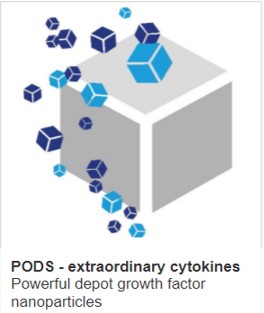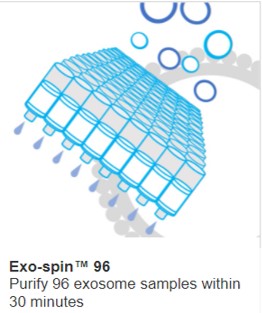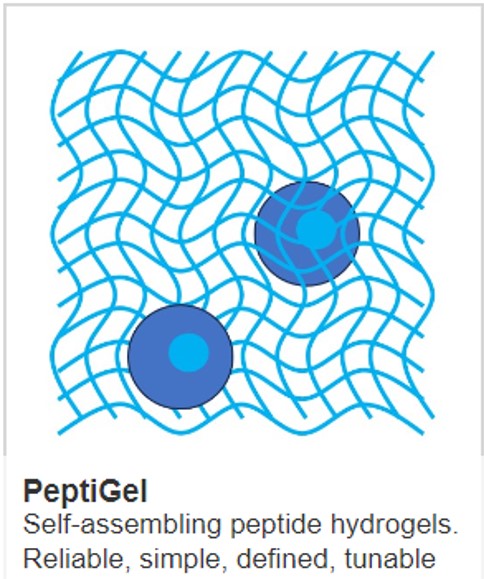PODS can do that too? PODS scaffold proteins used to purify gold

As anyone who's worked with PODS (Polyhedral Delivery Systems) for protein delivery and slow-release biomaterials will know, they have resilience and versatility. These protein-based microcrystals, derived from silkworm cypoviruses, are practically indestructible, capable of housing and protecting proteins and other molecules even in harsh environments. They have a highly redcusing set of amino acids which stabilizes protein cargos and has been used to immobilize cytokines, deliver enzymes, and even stabilize sensitive peptides. Now, a team of scientists in Japan has used them to recover gold from solution.
Matsuura et al., leveraged PODS to create a gold-harvesting technology that’s environmentally friendly and more selective than most synthetic materials. Urban mining meets molecular biology. The paradigm shift is fascinating.
From Protein Delivery to Precious Metal Adsorption
The idea is ingenious. The PODS crystals are embedded in a polymer nanofiber web made of EVOH (a biocompatible material often used in medical devices). Using electrospinning, an EVOH mesh was created in which the PODS crystals are uniformly dispersed and partially encapsulated by thin polymer fibers. This PhC@NF (protein crystal + nanofiber) hybrid acts as a filter that attracts and binds gold ions from aqueous solutions.
The gold doesn’t bind to the EVOH. It binds exclusively to the PODS.
These biologically derived scaffolds not only survive immersion in highly acidic gold chloride solutions—they actively pull gold ions from them, thanks to their internal network of reducing amino acid residues.
How It Works: The Amazing Properties of PODS
If you’ve used PODS in the lab, you already know they are robust, cubic protein crystals made from polyhedrin. The polyhedrin proteins form an ultra-ordered lattice, creating nano-scale tunnels and voids throughout a perfectly cubic structure typically around 2 microns across. Those tunnels aren’t just empty spaces; they’re lined with highly reducing residues like tyrosine, cysteine, and histidine, each with its own affinity for metal ions.
In the context of biology, we often think about these residues in terms of protein folding or catalysis. But here, they serve a completely different purpose: capturing and sometimes reducing metal ions like Au³âº. That’s what allows the PODS to "trap" gold from a dilute solution.
Even more surprisingly, tyrosine clusters within the crystals can reduce individual gold ions to solid gold nanoparticles, depositing them as nanoparticles inside or near the PODS. These crystals can literally turn gold ions into gold nanoparticles.
Stronger Than Synthetics
What is perhaps most surprising is how effective the system is. At room temperature and pH 3, the PhC@NF web had the highest gold adsorption equilibrium constant (KL = 1.02 L/mg) ever reported. That’s a bit difficult for biologists to fathom; but for those of us used to working with ELISAs and protein kinetics, think of it as a dissociation constant in reverse: lower is better, and this one is exceptionally low.
In practical terms, this means the material can selectively recover gold even when it’s present in tiny concentrations such as found in seawater, discarded circuit boards or other industrial waste.
At present, the total gold capacity is low, but this will be improved, and the selectivity and ease of use more than make up for it. Plus, the adsorbed gold can be completely removed (desorbed) using a mild chemical mix, allowing the membrane to be reused.
The Coolest Part? The Temperature Twist
At higher temperatures, PODS take things a step further. When the researchers tested the system at 65°C, they noticed something unexpected: the PODS no longer held onto the gold—they released it as gold nanoparticles, which then adhered to the nanofiber web.
As a biologist, this raises so many questions. Are the gold particles forming inside the PODS and leaking out? Are we looking at a redox cycle involving tyrosine and gold ions? Could this mechanism be harnessed for biosensing or catalysis?
Bridging Two Worlds
The implications go beyond metal recovery. For those of us interested in sustainable biomaterials, this study shows just how powerful nature-inspired designs can be. PODS are no longer just handy carriers for growth factors and cytokines; they’re now candidates for environmental cleanup, resource recovery, and even nanomaterial synthesis. This study reminds us that biology doesn’t end at the cell membrane. Materials derived from viruses and proteins still have uncharted potential, especially when they’re combined with smart engineering.
To anyone working with PODS in a biological context: keep your eyes open. These little crystals might be doing more than you think.
IMAGE PODS purification of Gold CREDIT Matsuura et al., (CC 4.0)
Learn more about powerful technologies that are enabling research:



